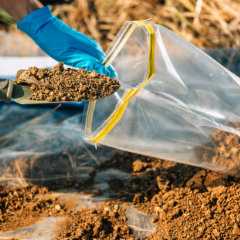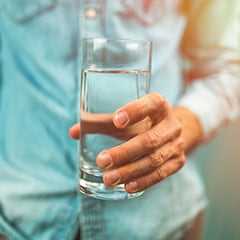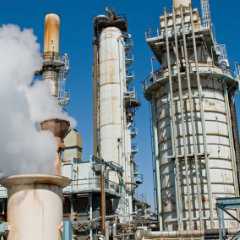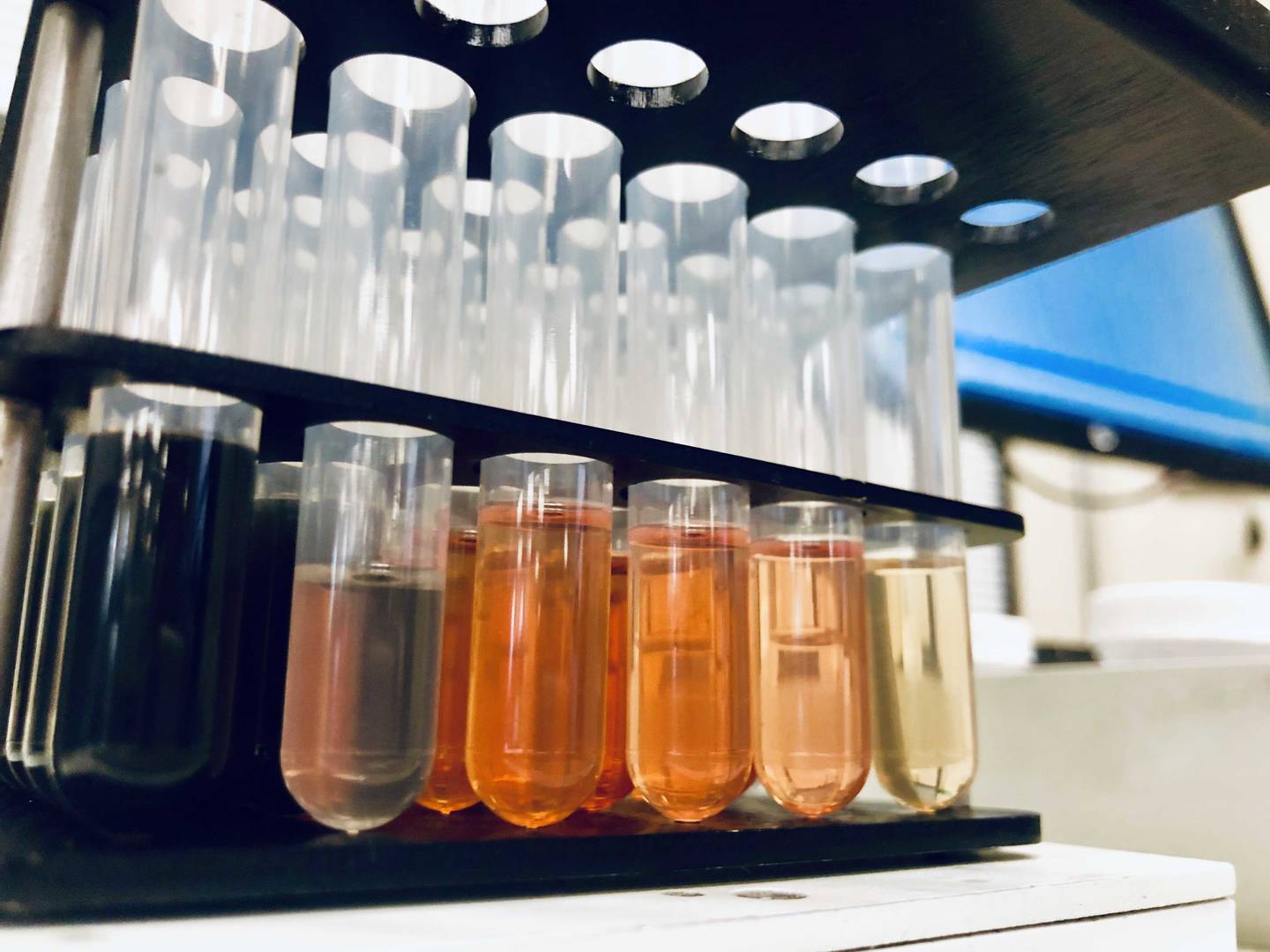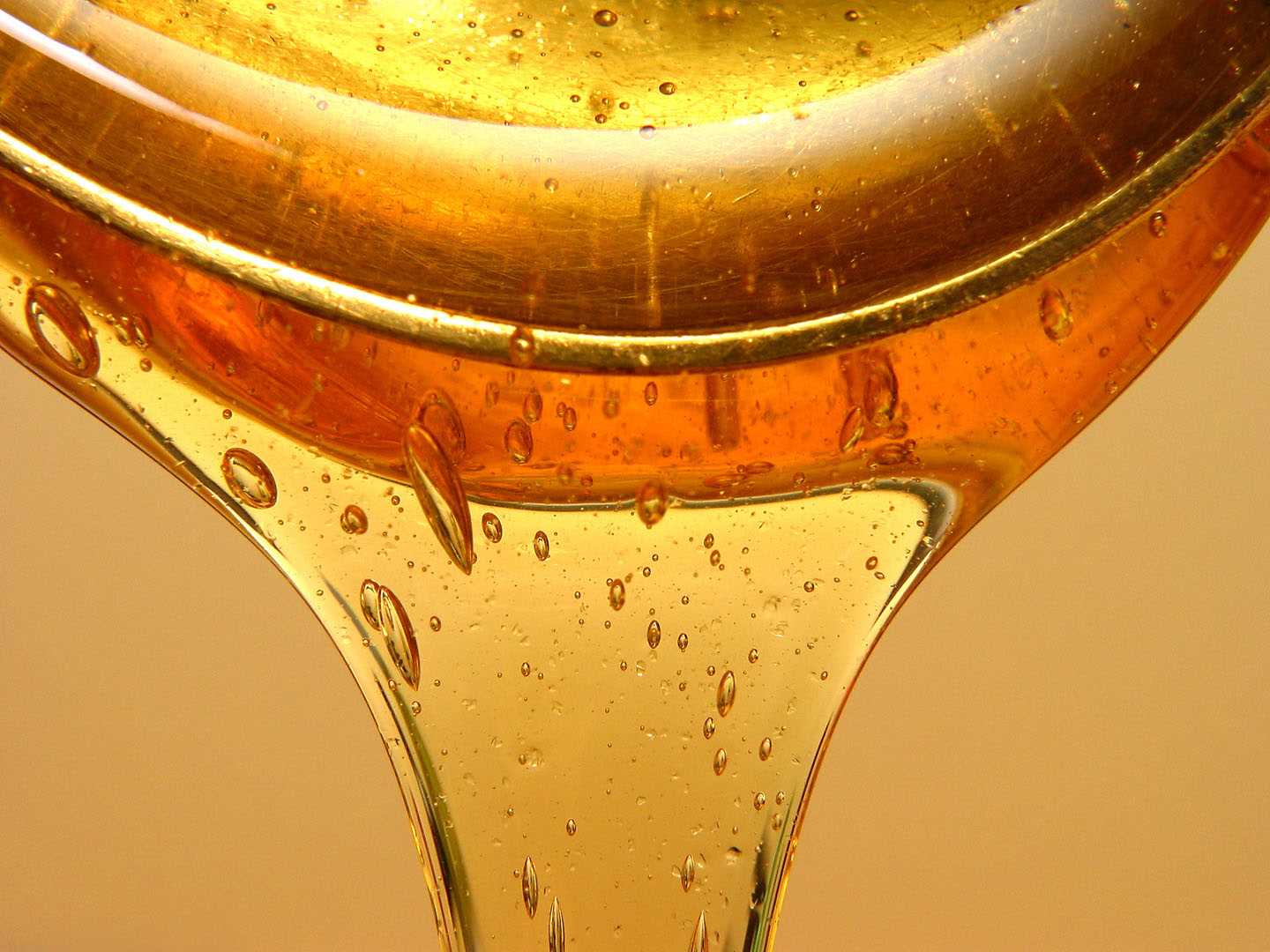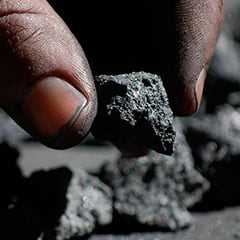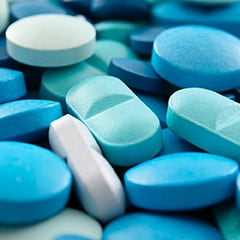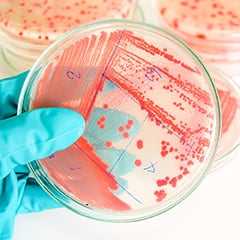EnviroMail 11 USA
Sending a Lion to Catch a Mouse: Disinfectant Use in Indoor Environments to Sanitize Potential SARS-CoV-2 Contaminated Surfaces
As the world grapples with the health implications caused by SARS-CoV-2, we are potentially leading into a new chapter that will complicate our living environment beyond COVID-19. The introduction of disinfectants in unprecedented quantities can lead to new hazards in both living and work settings.
I once sat in on a lecture in which the presenter started with a slide showing a picturesque nature shot filled with a beautiful botanical landscape. He then proceeded to explain that the picture represented one of the most hostile environments of life competing for resources. Plants, bacteria, fungus, insects, etc., all exhibiting novel ways to deter competition through chemical, aggressive expansion and/or other mechanism to ensure their own survival. Occasionally, humans are dragged into this micro war via bacterial or viral infections as nature develops pathways to continue its existence.
We are currently experiencing the eighth major infectious disease wave to assault the world since the Spanish flu of 1918 along with more recently HIV/AIDS (1981) and the 2009 swine flu (H1N1) pandemic. In March 2020, the World Health Organization (WHO) officially declared SARS-CoV-2 a pandemic. This latest viral outbreak has proven to have a more immediate impact on just about every facet of our lives as local, national, and international governments work to curve its spread. The U.S. alone has spent trillions of dollars to prop up the country’s economic and health infrastructure in response to a seemingly uncontainable foe that continues its invisible march across our global landscape.
SARS-CoV-2, known under a number of monikers including coronavirus (actually a term defining a class of virus with a common morphology). CoV-2 is the third corona class virus to have infected humans in the 21st century. Previous corona viruses include SARS-CoV (2003) and MERS-CoV (2012). COVID-19 (CO= Corona, VI= virus, D= disease, 19= the year 2019) is the term used for the current disease caused by SARS-CoV-2.
Due to the rapid spreading nature of COVID-19 disease, scientists and health professionals worldwide are working diligently to learn as much as possible about SARS-CoV-2 in hopes of thwarting its negative impact on our lives. Among the different properties explored are the aerosol transmission as well as surface contact viability of CoV-2. The communicable rate is determined and affected by a variety of factors including minimum viral loading (how much virus is required to infect), mode of entry into the host (fluid exchange, ingestion, absorption, inhalation, etc.) and viability of the virus in the environment.
Theories on how to minimize spread often come from studying infected individuals and/or groups of people to determine their activities at the time they were believed to have come in contact with the virus or bacteria. As science is able to confirm either by experimentation or strong environmental correlation, strategies will likely evolve to combat the community contagion. The current theory for SARS-CoV-2 spread is predominantly an aerosolized mode of transmission. However, it has also been shown that respirable secretions or droplets contaminated with CoV-2, can remain viable for a period of time on some surfaces. Research into the viability of the virus on surfaces, ranges from as little as 2 hours to up to 5 days, depending on the environmental conditions and material the virus resides on. Some research has quoted viability as long as 14 days, but all of these timelines are hotly debated.
To combat the virus on surfaces, the Environmental Protection Agency (EPA) released a list of approved disinfecting products thought to be effective against SARS-CoV-2 and other similar viruses. This list is a collection of chemical agents whose active ingredients include mainly a collection of alcohols, phenolics, aldehydes, and quaternary ammonium chloride family of compounds. The mechanism for most of these chemicals, to inactivate the virus, is through their interaction with the outer membrane - essentially dissolving the virus’ wall.
Alcohol based sanitizers appear to be most effective in deactivating SARS-CoV-2, but since most cleaners on the market contain quaternary ammonium compounds (quats) such as benzalkonium chloride (BAC), the Food and Drug Administration (FDA) and Center for Disease Control (CDC) cautiously qualified BAC’s use. Meaning, quats only based disinfectants appear less reliable against SARS-CoV-2. Instead, the recommendation is the use of alcohol/quats mixed disinfectants for decontaminating the virus on surfaces.
The use of quaternary ammonium compounds like BAC, at the extreme, can cause allergenic reactions in some individuals and may include one or more of the following symptoms: inflammation of face/throat, rashes, hives, blistering, skin irritation, and respiratory complications (asthma). This is of special concern as most countries are working to relax quarantine measures and paving the way for businesses, state, and federal sectors to resume “normal” operations. Academic facilities, both public and private schools are inviting students back into the classroom under a variety of strategies hoping to mitigate the current pandemic concerns. Among the plans being adopted at all levels, increasing the frequency of sanitization protocols considered a priority. Since approximately 50% of the approved biocides on the EPA list recommended for CoV-2 abatement include quaternary ammonium chemicals as one of its ingredients, chances are these compounds will be used in a broad range of settings.
Quats are not the only group of chemicals with a potential to complicate the indoor living environment, however. The CDC has warned that excessive use of disinfectants including aldehydes, peracetic acid, hydrogen peroxide, hypochlorous acid, and hypochlorite, to name a few, can cause similar acute allergic reactions if improperly applied. These chemicals are not strangers to the practicing industrial hygienists and occupational safety officers. Some of these chemicals have already played a traditional disinfected role in hospitals, livestock plants and the food/beverage industry. That history has translated into the development of air and surface monitoring solutions.
ALS Environmental has played a role in developing indoor air quality methods for capturing many of the EPA approved disinfectants in air.
In addition to custom analytical techniques, there are also published methods by agencies including the Occupational Safety and Health Administration (OSHA) and National Institute for Occupational Safety and Health (NIOSH) available. This provides the field investigator the tools to ensure the indoor environment is not further complicated by the very tools used to eradicate the biological concerns. Despite the potential pit falls associated with chemical sanitizers, they play a necessary role in controlling the spread of many diseases. With proper implementation followed by pertinent testing of their effective use, companies can mitigate some of the health concerns related to disinfectants. With over 40 years of experience in environmental and industrial hygiene analytical chemistry, ALS Environmental offers hundreds of methods and the expertise to recommend analytical strategies to assist companies in their efforts to diagnose their indoor air quality issues.


